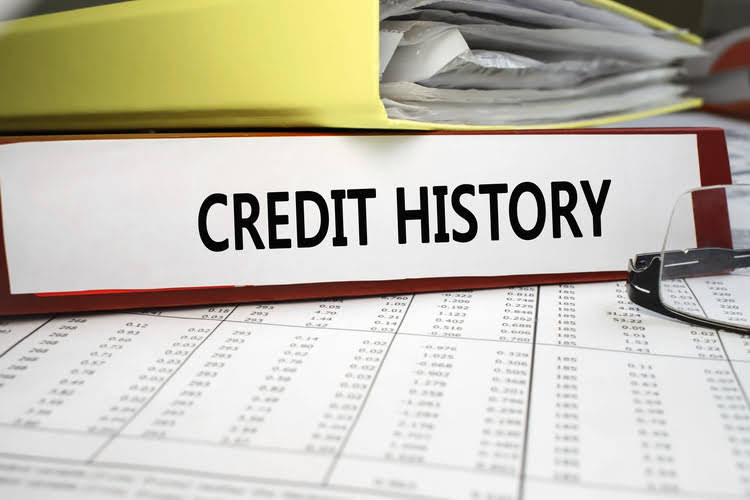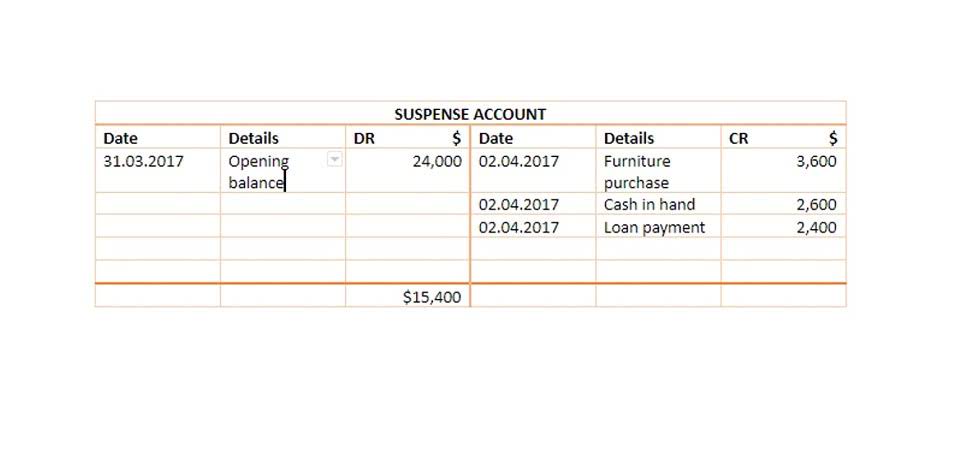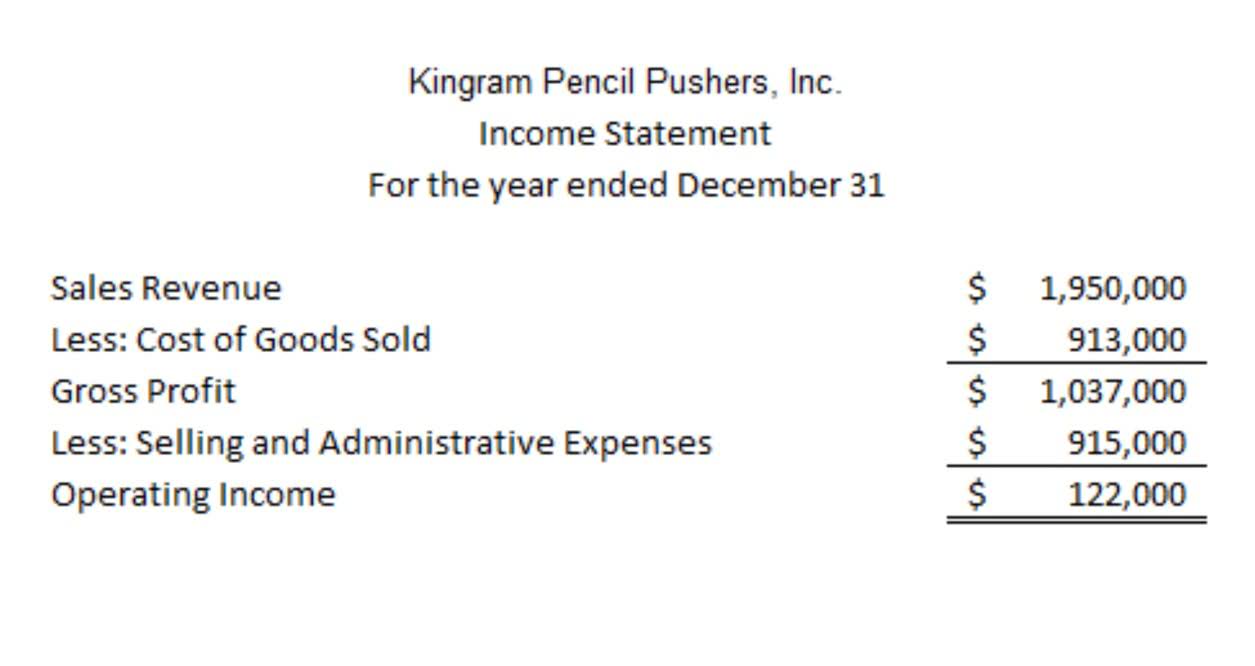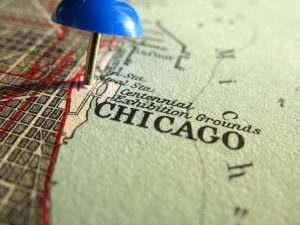
As for the taxes owed, we’ll multiply EBT by our 20% tax rate assumption, and net income is equal to EBT subtracted by the tax. Because depreciation expense is treated as a non-cash add-back, it is added back to net income on the cash flow statement (CFS). In the final step, the depreciation expense — typically an estimated amount based on historical spending (i.e. a percentage of Capex) and management guidance — is multiplied by the tax rate. D&A is embedded within a company’s cost of goods sold (COGS) and operating expenses, so the recommended source to find the total value is the cash flow statement (CFS). We note that when depreciation expense is considered, EBT is negative, and therefore taxes paid by the company over the period of 4 years is Zero.

is due when an asset is sold amount of tax that is saved because of

Learn financial statement modeling, DCF, M&A, LBO, Comps and Excel shortcuts. The real cash outflow stemming from capital expenditures has already occurred, however in U.S. GAAP accounting, the expense is recorded and spread across multiple periods.

Depreciation Tax Shield Cash Flow And Tips For How Does It Use

The concept of annual depreciation tax shield is identified as an important factor during financial decision-making by the management in case the business is highly capital-intensive. The business operation will involve the use of assets of larger value resulting in a substantial amount of depreciation being deducted from the taxable income. Therefore, it is important to understand the formula used to calculate depreciation tax shield, as given below.
Tax Shields for Medical Expenses
In order to qualify, the taxpayer must use itemized deductions on their tax return. The deductible amount may be as high as 60% of the taxpayer’s adjusted gross income, depending on the specific circumstances. For donations to qualify, they must be given to an approved organization. Tax shields are an important aspect of business valuation and vary from country to country.
For example, because interest payments on certain debts are a tax-deductible expense, taking on qualifying debts can act as tax shields. Tax-efficient investment strategies are cornerstones of investing for high net-worth individuals and corporations, whose annual tax bills can be very high. Depreciation expense is an accrual https://x.com/BooksTimeInc accounting concept meant to “match” the timing of the fixed assets purchase—i.e.
Impact of Accelerated Depreciation on the Depreciation Tax Shield
- Anyone preparing to use the depreciation tax shield should deliberate the use of accelerated depreciation.
- This amount in the profit and loss statement brings down the total revenue earned by the business, thus successfully leading to lower tax payments.
- The lower the taxable income, the lower the amount of taxes owed to the government, hence, tax savings for the taxpayer.
- Under U.S. GAAP, depreciation reduces the book value of a company’s property, plant, and equipment (PP&E) over its estimated useful life.
- In addition, governments often create tax shields to encourage certain behavior or investment in certain industries or programs.
- Tax shields vary from country to country, and their benefits depend on the taxpayer’s overall tax rate and cash flows for the given tax year.
A depreciation tax shield is truly a major or important part of a successful business. We note from above that the Tax Shield has a direct impact on the profits as net income will come down if depreciation expense is increasing, resulting in less tax burden. The ability to use a home mortgage as a tax shield is a major benefit for many middle-class people whose homes are major components of their net worth. It also provides incentives to those interested in purchasing a home by providing a specific tax benefit to the borrower. So, for instance, if you have $1,000 in mortgage interest and your tax rate is 24%, your tax shield will be $240. While most intangible assets follow a straight-line method for amortization, not all depreciation methods for tangible assets are the same.
- Depreciation expense is an accrual accounting concept meant to “match” the timing of the fixed assets purchase—i.e.
- When used effectively, both methods provide consistent tax deductions and reduce taxable income each year.
- However, the straight-line depreciation method, the depreciation shield is lower.
- Companies using accelerated depreciation methods (higher depreciation in initial years) are able to save more taxes due to higher value of tax shield.
- Capital expenditure (Capex)—with the cash flow generated from fixed asset over a period of time.
It is to be noted that the process reduces the tax burden for the tax payer but does not eliminate it completely. The concept is significant while making financial decisions in any capital-intensive business. Taxpayers who have paid more in medical expenses than covered by the standard deduction can choose to itemize in order to gain a larger tax shield. An individual may deduct any amount attributed to medical or dental expenses that exceeds 7.5% of adjusted gross income by filing Schedule A. Usually, this method permits greater deduction in the last years of assets that one uses to reduce taxable income.
- Many businesses hire accelerated depreciation approaches when they have assets they expect to be more fruitful.
- This only speeds up the acknowledgment of inferences and does not make larger tax deductions.
- One can comprehend depreciation as the expensing of the charge of an asset involved in creating revenues through beneficial life.
- We note from above that the Tax Shield has a direct impact on the profits as net income will come down if depreciation expense is increasing, resulting in less tax burden.
- Then, our management makes a depreciation tax shield as a way to inspire certain behavior in certain businesses or programs.
Then, https://www.bookstime.com/articles/what-is-the-accounting-journal-entry-for-depreciation our management makes a depreciation tax shield as a way to inspire certain behavior in certain businesses or programs. Hence, the proper use of a depreciation tax shield is most suitable in asset intensive trades. This approach allows the taxpayer to identify a large sum of depreciation as a chargeable expense through the first few years of a fixed asset.
Tax shields differ from nation to nation, and their profits are dependent on the taxpayer’s common tax rate. Consequently, the tax shield tactic mentions a precise deduction’s function to shield shares the depreciation tax shield is best defined as the: of the taxpayer’s salary from the assessment. A taxpayer can submit the appreciation of taxable income up to later years by using accelerated reduction. For Scenario A, the depreciation expense is set to be zero, whereas the annual depreciation is assumed to be $2 million under Scenario B. Therefore, depreciation is perceived as having a positive impact on the free cash flows (FCFs) of a company, which should theoretically increase its valuation.
